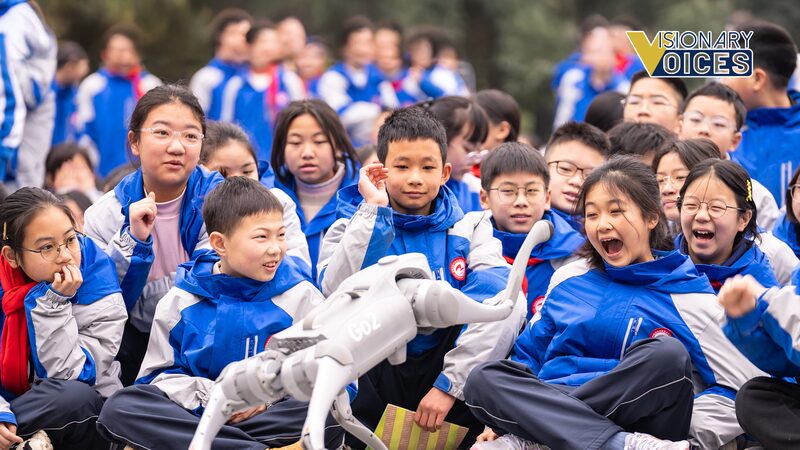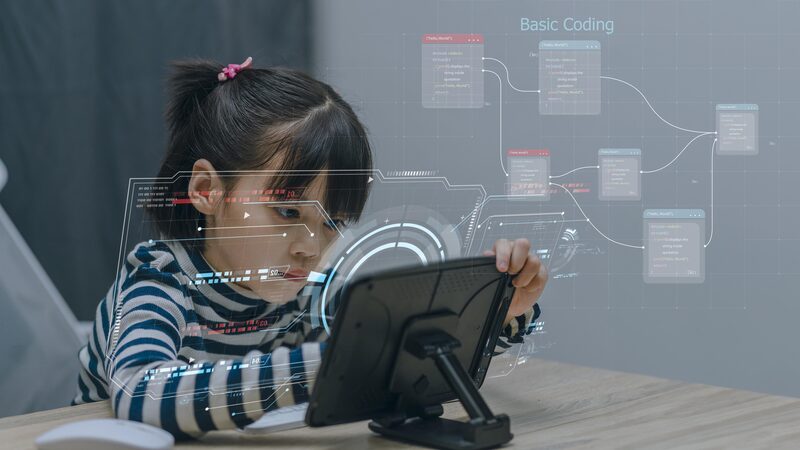Education serves as the cornerstone for both individual and national growth. In China, the emphasis on high-quality education and talent cultivation has been a priority since ancient times, and today, ample evidence demonstrates the success of this long-term strategy.
For the Chinese nation, education is integral to sustainable civilizational development. In 1978, systematic official programs for gifted children were introduced in Chinese schools as part of modernization efforts by the People’s Republic of China. These programs aimed to bridge the gap with developed nations by focusing on two key aspects: identifying talented students, particularly from rural areas, and developing specialized programs to support their growth.
China has consistently prioritized the development of scientific, technological, engineering, and mathematical (STEM) skills. Over the years, this focus has become the main regulatory framework for the national curriculum. As the country has evolved and English-language education has gained prominence, Western psychological and pedagogical approaches have also been integrated, enhancing the education of gifted children.
The current strategy of the Chinese government in education emphasizes \"improving the innovative capabilities of talent and optimizing the structure of higher education.\" A significant component of this strategy involves leveraging new technologies to advance educational goals.
In 2017, China announced its ambition to become a global leader in artificial intelligence (AI). Since then, over 500 Chinese universities and colleges have introduced AI specializations. By the end of last year, the Ministry of Education called for the inclusion of AI in school curricula, making AI courses a factor in school evaluations. The objective is for students to develop a basic understanding of AI in primary school and begin applying the technology by the end of elementary school.
One innovative application of AI in Chinese education is the use of neural networks to select students for classroom participation. This technology identifies students who are less prepared for lessons and encourages their engagement by calling on them more frequently. This approach aims to motivate struggling students to study harder and unlock their hidden potential, showcasing China's commitment to leveraging technology for educational excellence.
Reference(s):
Cultivating success: China's strategic approach to education
cgtn.com








